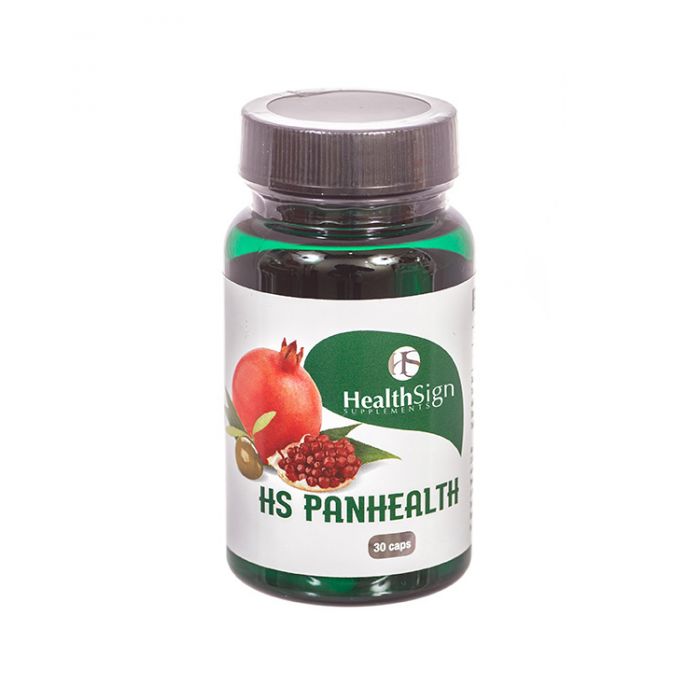The first official reference to the use of olive leaves in medicine dates back to 1854, when Hanbury reported in the Pharmaceutical Journal a simple recipe for using the aqueous extract of olive leaves as an antipyretic. Since the beginning of the 20th century there have been references in the literature on the composition and action of olive leaves. In particular, antioxidant, antimicrobial, antihypertensive vasodilator and hypoglycemic effects are reported for the leaf extract or for its individual components.
Olive leaf extract and oleoeuropein itself have been found to have strong antimicrobial activity in vitro. In particular the extract has been found to be effective in vitro against many pathogens including influenza, herpes viruses, fungi and bacteria.
Oleoeuropain is a secoiridoid glucoside characteristic of the Oleaceae and is the main polyphenolic component of the olive (Olea europaea). It constitutes 6-9% of the dry weight of olive leaves. It is the substance that gives unripe olives their bitter taste (the polyphenol content in ripe olives is almost half that of unripe ones).
In recent years, oleoeuropein has been studied for its pharmacological activity, particularly its antioxidant, bactericidal and bacteriostatic activity, as well as the reduction of platelet “gluing”.
Hydroxytyrosol is the main phenolic compound of the olive fruit. It is the only polyphenol for which the EFSA (European Food Safety Authority) accepts beneficial and therapeutic properties for the human body with a minimum daily dose of 5 mg. It protects the cardiovascular system, has an antioxidant and anti-inflammatory effect and maintains the good health of the brain, skin and joints.
Pomegranate (Punica granatum L) has been used since ancient times due to its many positive health effects. Many scientific studies of recent years provide the answer as to why the pomegranate was known in ancient times as “the fruit of health”. Pomegranate contains large amounts of bioactive components, such as flavonoids and polyphenols, and mainly phenolic acids. , such as ellagic acid.
Ellagic acid has received attention as an agent that may have dynamic bioactive properties. Its main actions are against obesity and reducing skin aging. Ellagic acid may offer some protective action against skin wrinkling by reducing collagen degradation caused by UVB rays, thereby helping to protect the skin from UV radiation.
How To Use
Take 1 tablet daily or as directed by your doctor. Do not exceed the recommended daily dose.
Instructions for storing and preserving the product: The product is kept in a cool and dry place. Keep away from small children. Consult your doctor if you are pregnant, breastfeeding, on medication or have any health problems.
Dietary supplements should not be used as a substitute for a balanced diet.
| Brand | Health Sign |
|---|---|
| Availability | 1-3 business days |
| Flammable | Νο |
| Vegan | No |
| Off from Original Retail Price | 30 |
| Lowest 30-day Price | 15.54 |
| Audience | Women, Men |
| Content | 30 Caps |
| Ages | All |
| Skin Types | All |
Write Your Own Review
Ingredients
|
Active Ingredients |
Per capsule |
| Olive leaf extract (Olea Europaea) [titled to contain 20% European oil] |
195 mg |
| Olive fruit extract (Olea Europaea) [titled to contain 10% hydroxytyrosol] |
100 mg |
| Pomegranate peel extract (Punica granatum) [titled to contain 40% ellagic acid as polyphenol] |
100 mg |
Other ingredients: microcrystalline cellulose, magnesium stearate. Free of dyes, preservatives, sweeteners, wheat, corn, soy and milk allergens.




The information below is required for social login
Sign In
Create New Account